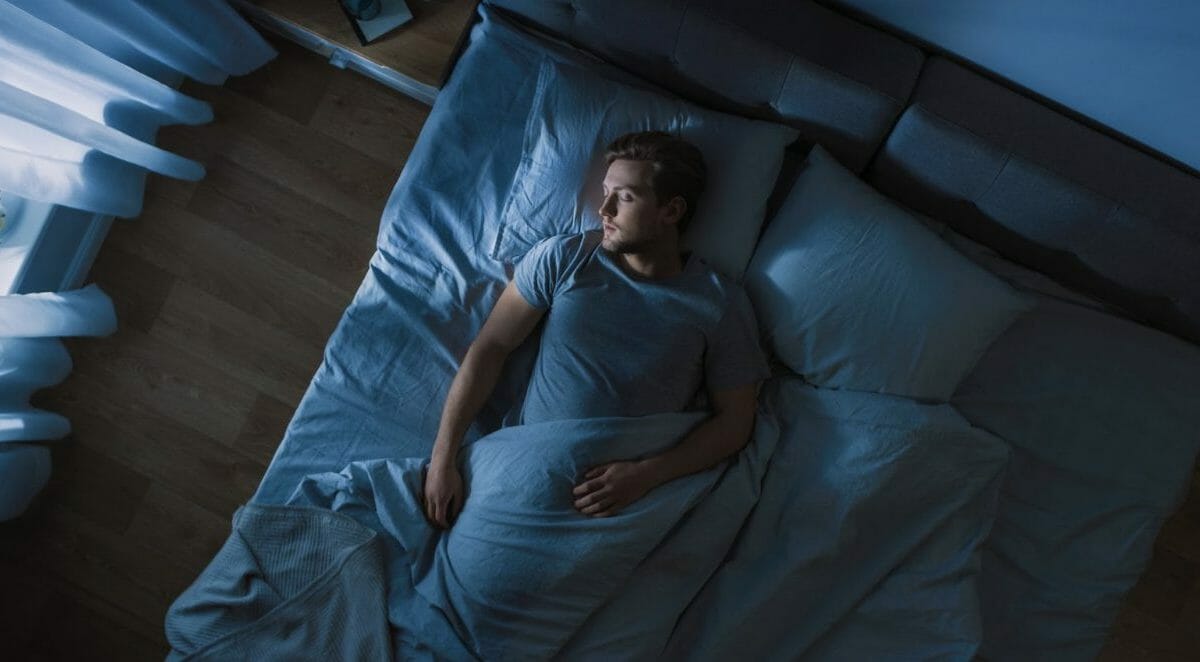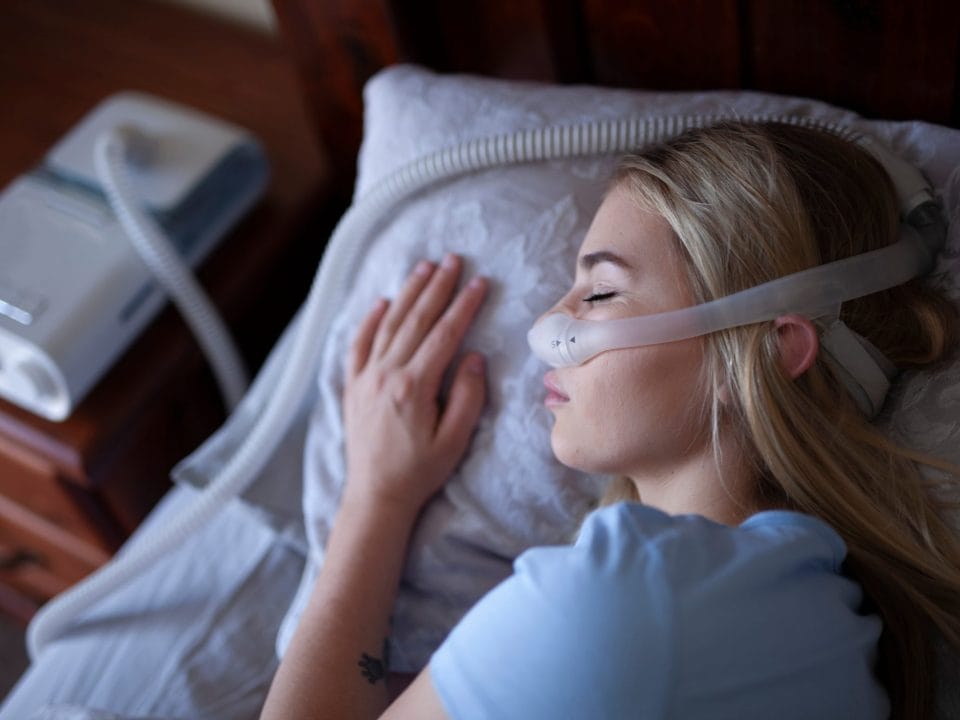
Having a dental emergency? Call us!
614-882-1135
We understand that dental emergencies can happen at any time. If you're in need of urgent care, give us a call, and we'll do everything we can to assist you when it matters most.
Patient Testimonials
Discover Better Dentistry
Become a part of the
Westerville Dental family!
We're accepting new patients. Our dental team prides itself on delivering a truly efficient and enjoyable experience while you’re with us.

Do you wake up feeling tired even after a full night’s sleep? Do you snore loudly, gasp for air, or choke during sleep? If yes, then these could be symptoms of sleep apnea. Sleep apnea is a common yet serious sleep disorder that affects millions of people worldwide. It occurs when breathing repeatedly stops and starts during sleep, causing disrupted sleep and other health complications. In this blog post, we will discuss the most prevalent symptoms of sleep apnea, the causes, and risk factors associated with it, how to diagnose the condition, available treatment options, and the consequences of leaving it untreated. So let’s dive in and learn more about this disorder that affects so many people.
Understanding Sleep Apnea
Sleep apnea is a common sleep disorder that affects many people. It occurs when a person’s breathing is interrupted during sleep, leading to brief pauses in breathing. This can harm the body, causing symptoms such as snoring, gasping for air, and daytime fatigue. Risk factors for sleep apnea include obesity and smoking. If left untreated, sleep apnea can lead to serious health problems, including high blood pressure, heart disease, and stroke. Diagnosis often involves a sleep study and treatment options range from lifestyle changes to the use of CPAP machines or surgery. Seeking medical attention for sleep apnea is crucial for improving overall health and quality of life.
Defining Sleep Apnea
Sleep apnea is a common sleep disorder characterized by breathing interruptions during sleep. These interruptions can result in poor sleep quality, excessive daytime fatigue, and various health issues. It affects individuals of all ages, both men and women. Risk factors include obesity, smoking, alcohol consumption, and anatomical abnormalities. Treatment options for sleep apnea include lifestyle changes, continuous positive airway pressure (CPAP), and surgery. By understanding and defining sleep apnea, individuals can seek appropriate treatment and improve their overall well-being.
Recognizing the Symptoms of Sleep Apnea
Recognizing the Symptoms of Sleep Apnea: If you or someone you know is experiencing sleep apnea, it’s essential to recognize the common symptoms. These include loud snoring and frequent pauses in breathing during sleep. Waking up with a headache, dry mouth, or sore throat can also be an indicator. Feeling excessively sleepy or fatigued during the day, difficulty concentrating, and mood changes like irritability or depression are additional signs. It’s important to note that high blood pressure or other cardiovascular problems may also be associated with sleep apnea. Identifying these symptoms can help in seeking appropriate medical intervention and treatment.
Common Symptoms Across All Types
The most prevalent symptoms of sleep apnea across all types include loud snoring, gasping, or choking sounds during sleep. Daytime sleepiness, fatigue, and difficulty concentrating are also frequent indicators. Other symptoms may include morning headaches, dry mouth, and irritability. It’s important to note that some people with sleep apnea may not experience any symptoms at all. If you suspect you may have sleep apnea, it’s crucial to consult your healthcare provider for an accurate diagnosis and treatment plan.
Unique Symptoms for Obstructive Sleep Apnea
Obstructive sleep apnea (OSA) has unique symptoms that can help in identifying the condition. One prevalent symptom is loud snoring during sleep, which often disturbs the sleep of both the individual with sleep apnea and their bed partner. Another symptom to watch out for is episodes of gasping or choking during sleep, indicating an obstructed airway. People with OSA may also wake up with a dry mouth or sore throat due to breathing difficulties during sleep. Additionally, morning headaches and daytime sleepiness can be caused by poor sleep quality resulting from sleep apnea. Restless sleep and frequent awakenings during the night are also common symptoms of OSA.
Unique Symptoms for Central Sleep Apnea
Central sleep apnea is a disorder that affects the brain’s control of breathing during sleep. Distinct symptoms of central sleep apnea include difficulty initiating or maintaining sleep, night sweats, and headaches. Other indications may involve fatigue, difficulty concentrating, and irritability. If left untreated, central sleep apnea can lead to serious health issues like heart disease and stroke. Seeking medical attention is crucial if you suspect you might have sleep apnea, including central sleep apnea.
Conclusion
In conclusion, it is crucial to recognize and address the symptoms of sleep apnea. Whether it’s the common symptoms shared across all types or the unique symptoms of obstructive and central sleep apnea, early diagnosis and treatment can greatly improve your quality of life. Understanding the causes and risk factors associated with sleep apnea can help you take proactive measures to prevent or manage this condition. It’s important to consult with a healthcare professional for proper diagnosis through tests and examinations. With various non-surgical and surgical treatment options available, you can find relief and improve your sleep patterns. Remember, untreated sleep apnea can lead to more serious health issues, so prioritize your well-being and seek timely medical attention. Contact us today at Westerville Dental Associates today for more!


 Meet Dr. Stickel
Meet Dr. Stickel Meet Dr. Zody
Meet Dr. Zody Meet Dr. Choi
Meet Dr. Choi Meet Dr. Son
Meet Dr. Son



